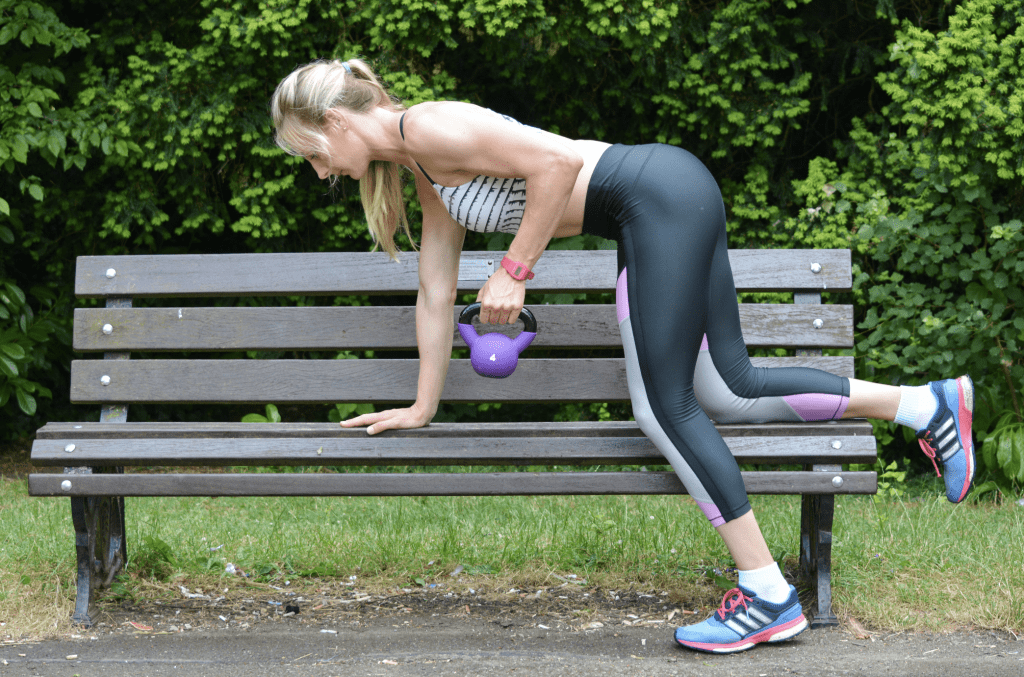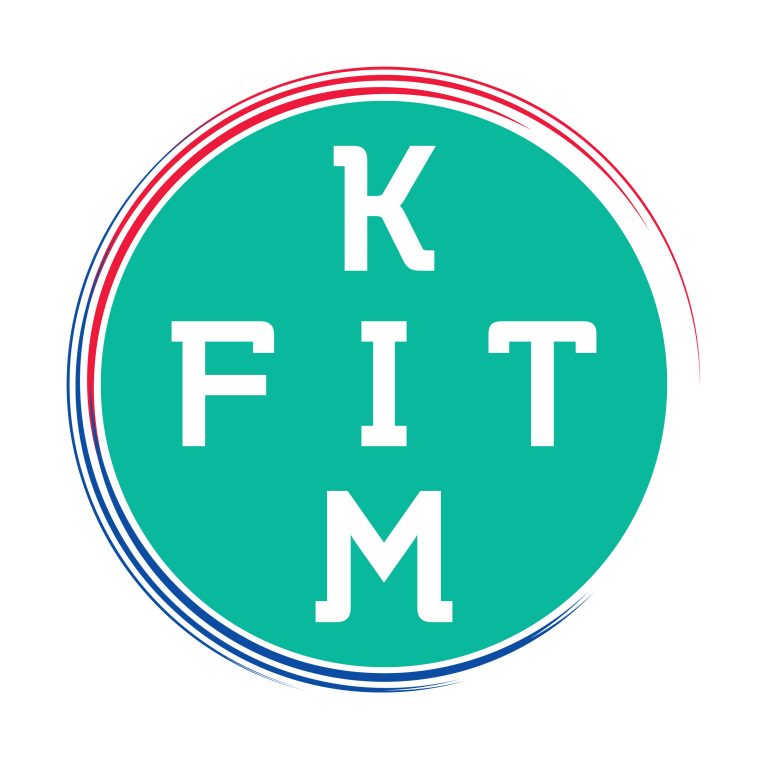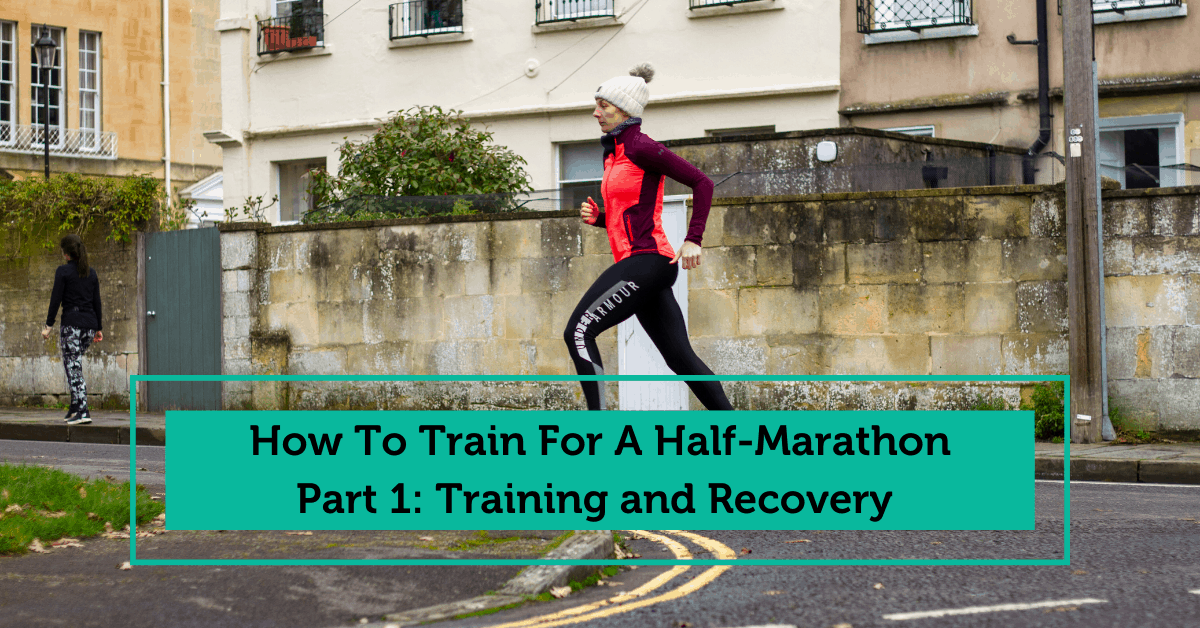How To Train For A Half-Marathon
Part 1: Training and Recovery
So, you’ve entered a half-marathon? Good for you! Entering races is a great way to maintain motivation to keep active in these difficult times.
You might now be feeling a little apprehensive about training to run 13.1 miles. Don’t worry, I am here to help! Read on for my top tips for training, recovery and motivation when it comes to preparing to run a half-marathon.
Hint: rest days are a must!
Training for a half-marathon
I like to use the acronym KISS, when planning training. It stands for ‘keep it simple stupid’.
Your half-marathon training needn’t be fancy; but it does require prior thought and planning.
If you’re a beginner or intermediate runner then I would recommend building up to 3-4 runs a week. Gradually increase the frequency, intensity and duration of sessions rather than diving in at the deep end and risking injury.
I would recommend the following as a start point to your plan:
- One long run (easy pace)
- Up to two short runs (easy pace; approx. 30 min)
- One interval session (long or short intervals around or above race pace)
On top of this it is super important to include strength training in your plan. This can be performed at home using bits you’ve got around the house as resistance. Complete 1-2 sessions a week focussing on building calf, single-leg and core strength. The rule with strength training is to make sure workouts get harder over time and that you’re moving with control and good form. Click here for some exercise suggestions.
Knowing what to include is the easy bit. Fitting it in around your life and making sure sessions complement one another and you have rest days is the tricky bit. Grab a pen and paper and plan out at least four weeks in advance so you’ve got something to commit to.
Five tips for planning your half-marathon training:
- It’s best to do your long run at the weekend when you have more time.
- Ensure you’re well rested for your interval session and long run.
- Plan a short, easy run or rest the day after your interval session and long run.
- Avoid doing your interval session or long run the day after heavy strength training.
- If you double up, run first and allow 4-6 h recovery between run and strength sessions. The next day should be easy running or rest.
This post has more info on balancing run and strength training if you’re interested (click the photo to view).

Now you’ve got a plan, it’s time to implement it. What could go wrong?
Injury, that’s what.
Bad news: injuries are common in runners. Good news: the majority of injuries are preventable if you train smart.
Injuries occur when the load (miles) exceeds the capacity of the system (body). Sensible load management and adequate recovery is absolutely crucial to prevent injuries occurring.
What does this mean?
It means NOT going from zero to hero in one week.
It means taking your recovery seriously.
It means listening to your body.
I’d recommend building up your miles slowly, only increasing by 10% (maximum) per week. You can calculate this in duration or distance OR you can take into account internal load which is more sensitive. Instructions on how to do this are below:
For every training session:
- Multiply the duration with the RPE (rate perceived exertion; 1-10) to give a training load.
- Add your sessions from the week together
- Only increase by 10% of this number the next week
I have written more extensively on calculating and managing training load in another blog. You can read it by clicking here.
Recovery
We can only benefit from the sessions we recover from
Shona Halson
Ensuring you recover from training is crucial for success. Exercise disrupts the balance of the body (homeostasis) and for adaptation to occur this must be restored.
This happens when we’re AT REST.
Five tips to help you optimise your recovery:
- 7-9 h sleep a night
- Fuel and refuel between sessions (carbs are your friend!)
- Stay hydrated
- Take some active recovery
- Plan your training in advance to include 1-2 rest days a week AND a lower mileage week every 4-6 weeks
Remember ‘Recovery is king’. It can feel counterintuitive, but recovery and rest should be as important to you as your training.
Thank you for reading! Keep your eye’s peeled for part 2 which covers motivation and my top tips when training for a half-marathon.
For free training, workout and warm up/cool down advice follow me on Instagram. www.instagram.com/kimfitbath
If you’re not confident planning your own training, then I’d advise seeking the help of a professional. I help runners train smart so they can increase mileage and speed safely. My Run Strong membership offers virtual strength classes and personalised run coaching in four-weeks blocks. For more information or to try a taster class, click here. https://www.thekimfitway.com/home-based-workouts/





